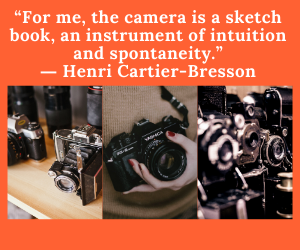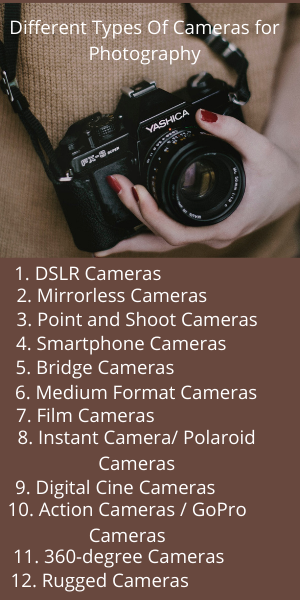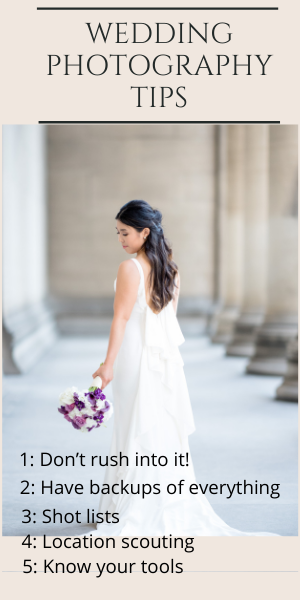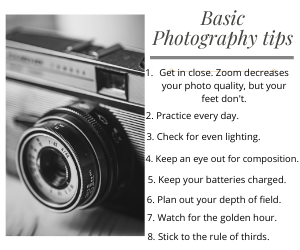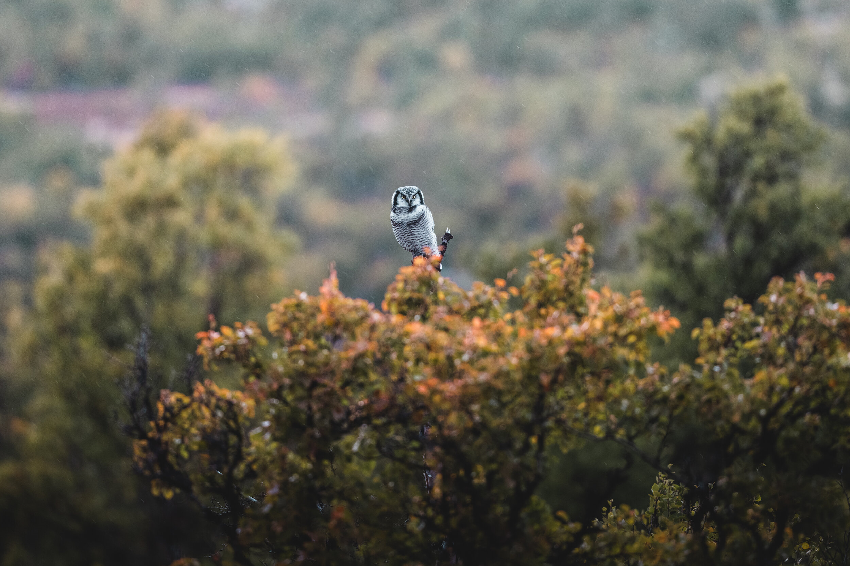
Seven wildlife photography tips for beginners
Wildlife photography is very challenging, especially for new photographers, because you have no control over your subject and very little control over the conditions. As a beginner, have you ever wondered about the best tips and tricks for wildlife photography?
Fortunately, there are a few select areas of consideration that, when used frequently and with confidence, can greatly increase the chances of capturing a unique photo of your subject.
If you already know a thing or two about photography but are looking to hone skills that specifically benefit wildlife photographers, then you’ve come to the right place.
Our goal at Adventure Sports Resources is to find the most reliable information on wildlife photography and share it with our readers in a clear and concise way so you can easily implement it and produce some of your best work.
Photography During The Golden Hours
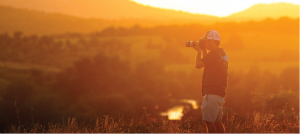
It’s no surprise that light is the most important factor in all forms of photography, but it’s especially important for wildlife photography due to the inability to control how little light you have.
Wildlife photography is about capturing animals in their most spontaneous moments, and those moments generally exist during the first and last hours of the day.
Sunrise and sunset are also known as the golden hours in photography, the time when the sun is at its warmest, casting rich colors across the landscape and often providing a dramatic backdrop for your subject.
The key to this wildlife photography tip is not simply to wake up early enough to shoot in this light, but to use light creatively and always be aware of it. Know the direction of the light and plan it.
Sometimes things don’t go as planned, especially when shooting wildlife, but that doesn’t mean you can’t re-evaluate the light and work with what you have as creatively and intentionally as possible.
A photographer who can play with light and use it to highlight the features of his subject will produce much stronger photographs than those who don’t.
Use Dramatic Lighting
Thinking creatively about dramatic lighting is a great tip for wildlife photography, as you’ll end up with very unique and carefully composed shots.
Consider the sun setting over the warm savannah and a large elephant moving away from where you are photographing, each creature showing up for the night. A blood-red sunset like that shouldn’t be wasted, especially when it’s the perfect setting for a silhouetted shot of the elephant walking into the sun setting.
Using light in a dramatic way, from backlighting to creating shadows and dark lines on your subject, you can add a unique and intriguing tone to your shots due to the thought and care put into it.
Use External Lighting
If the lighting isn’t good or your subject has contrasting dark and light colors on their body, a low-power external flash can provide the extra light you need to fill in those spots or just provide the perfect glow in your eyes. subjects.
Know Your Location
Knowing the location on a deeper level will put a photographer leaps and bounds ahead of the rest. If you know the history of a location and its landmarks or features, you can incorporate that into your shots, making it much more in-depth for people who have been there or know about it.
Knowing the location well also gives you a sense of local comfort, you do not need to worry about where to move or get lost because you already feel comfortable in the area and you will not hesitate to relocate to get a better angle because you already know exactly where you are.
Many have spent a lot of time in the desert, chasing animals. There is nothing more disturbing (and distracting) than running around in circles in the woods, not knowing where you came from.
If you know your location, then you probably have a better idea of what the weather will be like and how it will affect the light and the movements or behaviors of your subjects.
Conceive Your Subject
As mentioned above, knowing the behavior of your subjects will help you identify their next move. If you wake up early to find that a storm is moving in and the wind is already howling, you can bet your subject will have a slight, if not drastic, behavioral change in relation to the weather.
For example, suppose your subject is a prey animal that relies on hearing approaching predators as much as seeing or smelling them. In that case, a storm will change their movements and behaviors.
This could be a great opportunity for unique and emotional shots. Large gusts of wind, especially through wooded areas, can eliminate subjects’ ability to smell or hear a predator approaching. Therefore, these animals often resort to large open areas to allow them to at least see any threats.
With the right lens, this means you could end up with a very successful, albeit stormy, photo shoot.
Take Intentional Photos
Being intentional about what you want to photograph and how you want to capture it will greatly improve the photos you take, but it does require a lot of patience.
Using light creatively and intentionally by placing yourself in the best spot to capture movement or behavior that you can predict from your subject will increase your chances of a unique shot.
It’s hard to predict what your subject will be doing at any given moment, and obviously, you can’t give them instructions on how to stand or where to look, but at least you can predict their behavior, position yourself where you can capture the shot you’ve imagined, and wait for letting an opportunity arise.
Find Patterns In Behavior
Patience really is one of the best wildlife photography tips, but that doesn’t mean you just sit back with your arms crossed or constantly shooting in burst mode. Instead, use the time wisely to observe your subject, as well as to feel their movements and thoughts.
If your subject is a bird of prey in flight over an open field looking for prey, you might see them follow the same flight path back and forth, turning at the same point each time. Shoot them in that spin for a more action-packed shot than a flying bird shot, anyone can do that!
You may also be interested in TWELVE KEYS TO TAKING THE BEST PHOTOGRAPHS
